Inspired by my dad's auto repair shop.
Dr. Nguyen Van Tuan (born in 1990, from Ninh Binh province) - lecturer in Physics, Faculty of Chemical and Physical Engineering, Military Technical Academy - had his path to military engineering research stemming from his mischievous childhood at his father's car repair shop.
His father enlisted in the army at the age of 17 and fought in the fierce battles of the Southeast region. In 1974, he was wounded in battle, and two years later, he was discharged and returned to his hometown to start a new life. During the difficult post-war years, his mother focused on agriculture , while his father started as a bicycle repairman and gradually moved on to repairing motorcycles.
Therefore, as a child, Tuan was often taken out to play by his father and to the car repair shop. For him, the car repair shop was not just his father's workplace, but also a fascinating "little world ."
“I enjoyed tinkering with and was curious about technical gadgets and mechanical details… I especially appreciated the meticulousness and care my father put into his daily work repairing cars, even though to everyone around him it was just a normal job to make a living. Those childhood experiences instilled in me a special love for engineering,” Tuan shared.
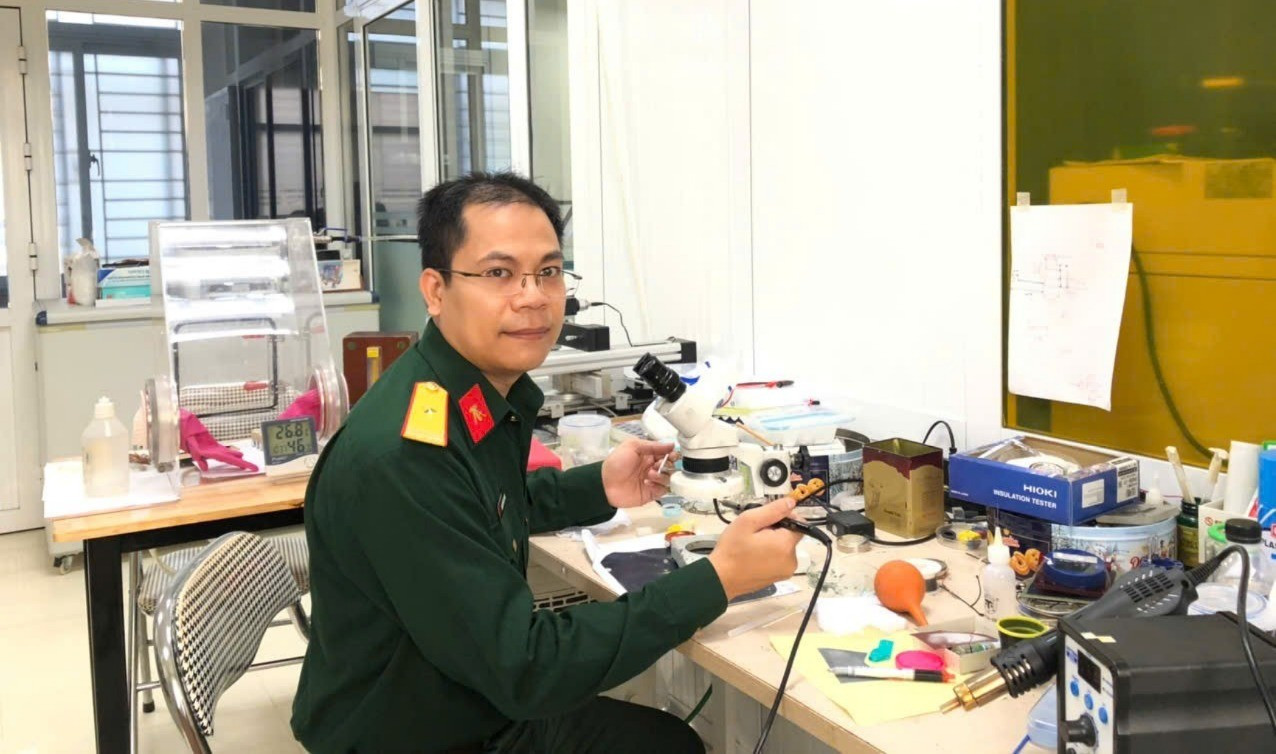
Dr. Nguyen Van Tuan is a lecturer in the Physics Department, Faculty of Chemical and Physical Engineering, Military Technical Academy.
Later, when his family faced difficulties, his mother advised and guided him to apply to a military academy, believing it was the place where he could fully pursue his passion for engineering. Upon passing the entrance exam to the Military Technical Academy, he felt as if he had gained wings to soar even higher in the world of knowledge.
"In the early days of my military career, my dream was simply to study, work in engineering, and have a stable job. However, after the experiences, learning, and growth I've had in university, my aspirations have changed."
"I aspire to become a lecturer and a scientist, to satisfy my curiosity and meticulousness through scientific research and to pass on knowledge to future generations. At the same time, this path allows me to pursue my passion for engineering by researching, creating, and developing useful products that are present in everyday life, especially in high-level fields such as military engineering," the young doctor said.
Furthermore, the military environment, with its discipline, seriousness, and direct focus on national defense and security, is a particularly strong catalyst for young PhDs. Each research topic and each teaching hour is not merely academic in nature, but also linked to a profound responsibility towards the country.
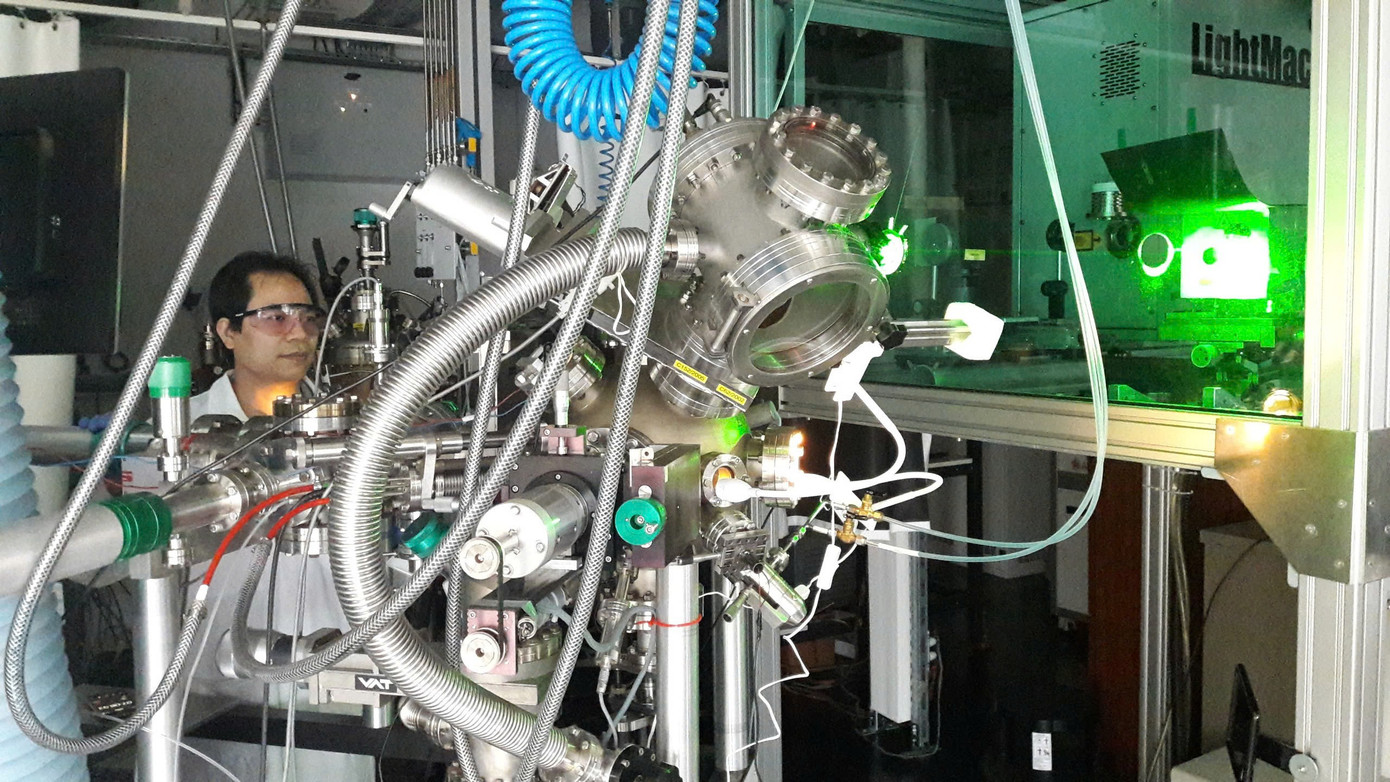
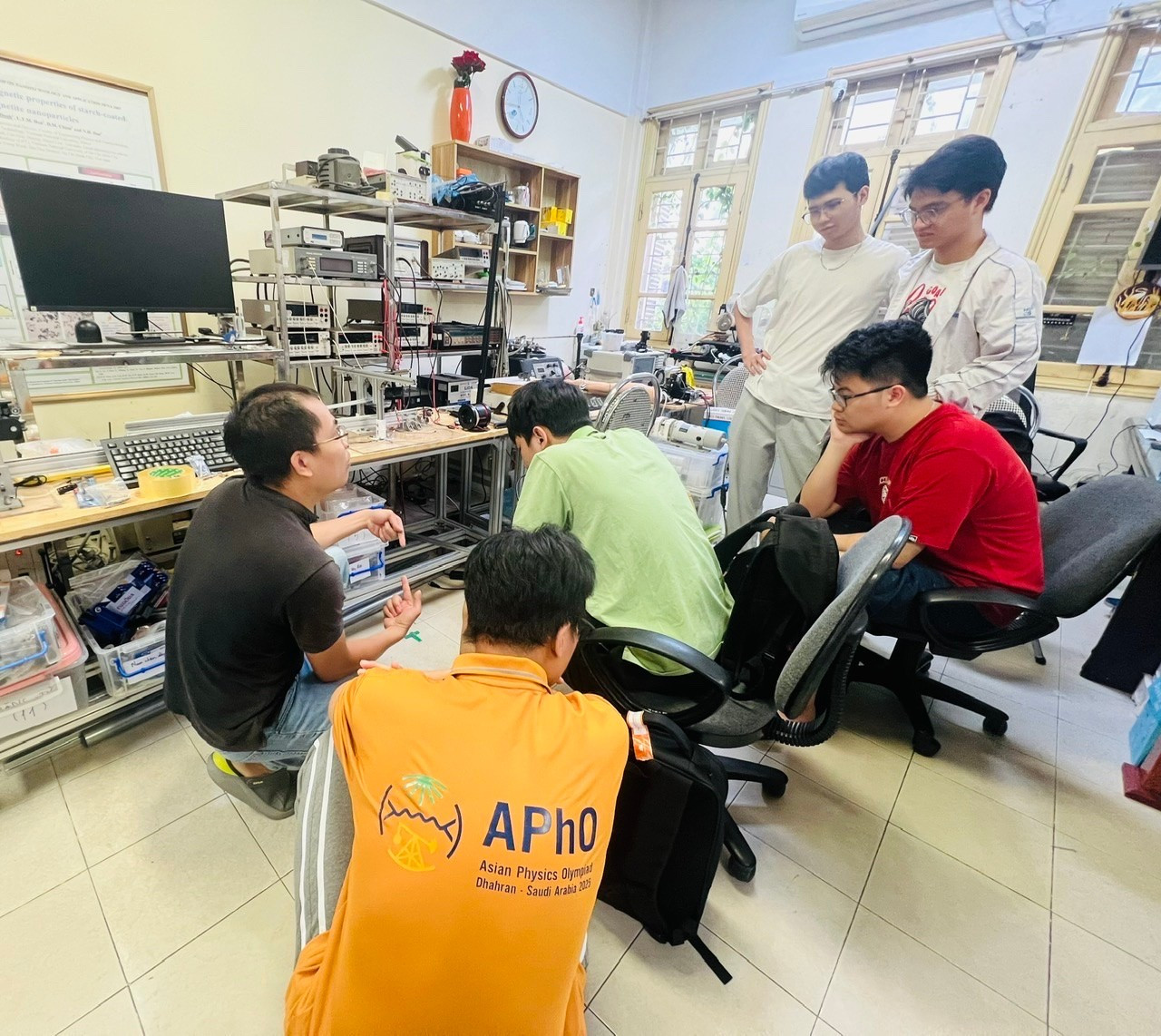

The young doctor's lab always has the lights on.
"Enriching" new research findings
For Dr. Tuan, each research project is a memorable experience, because to produce a scientific result that can be published, researchers must simultaneously meet many strict criteria.
In the field of experimental science, repeatability is always considered paramount, and this is precisely what gave him a profound experience during his research on InSb films – a semiconductor material.
Sharing about that process, Mr. Tuan said that the initial results were consistent with predictions after compiling the reference materials. However, during the second prototype production run, an unexpected incident occurred, requiring the vacuum pump system to be sent to Germany for repair, which took more than two months to fix.
When the system was back up and running, he had to recreate the prototypes, but it wasn't until the fifth or sixth set of prototypes that the results replicated the original ones.
“This experience was a great lesson, showing me that scientific research is not just about numbers or simulations on paper, nor is it as simple as a click of a mouse. Behind every result are countless hours of searching for documents, experimenting, monitoring equipment, measuring, analyzing, and especially critical thinking to find the cause, correct errors if too much, and enrich new research results, especially those previously unknown,” Dr. Tuan shared.
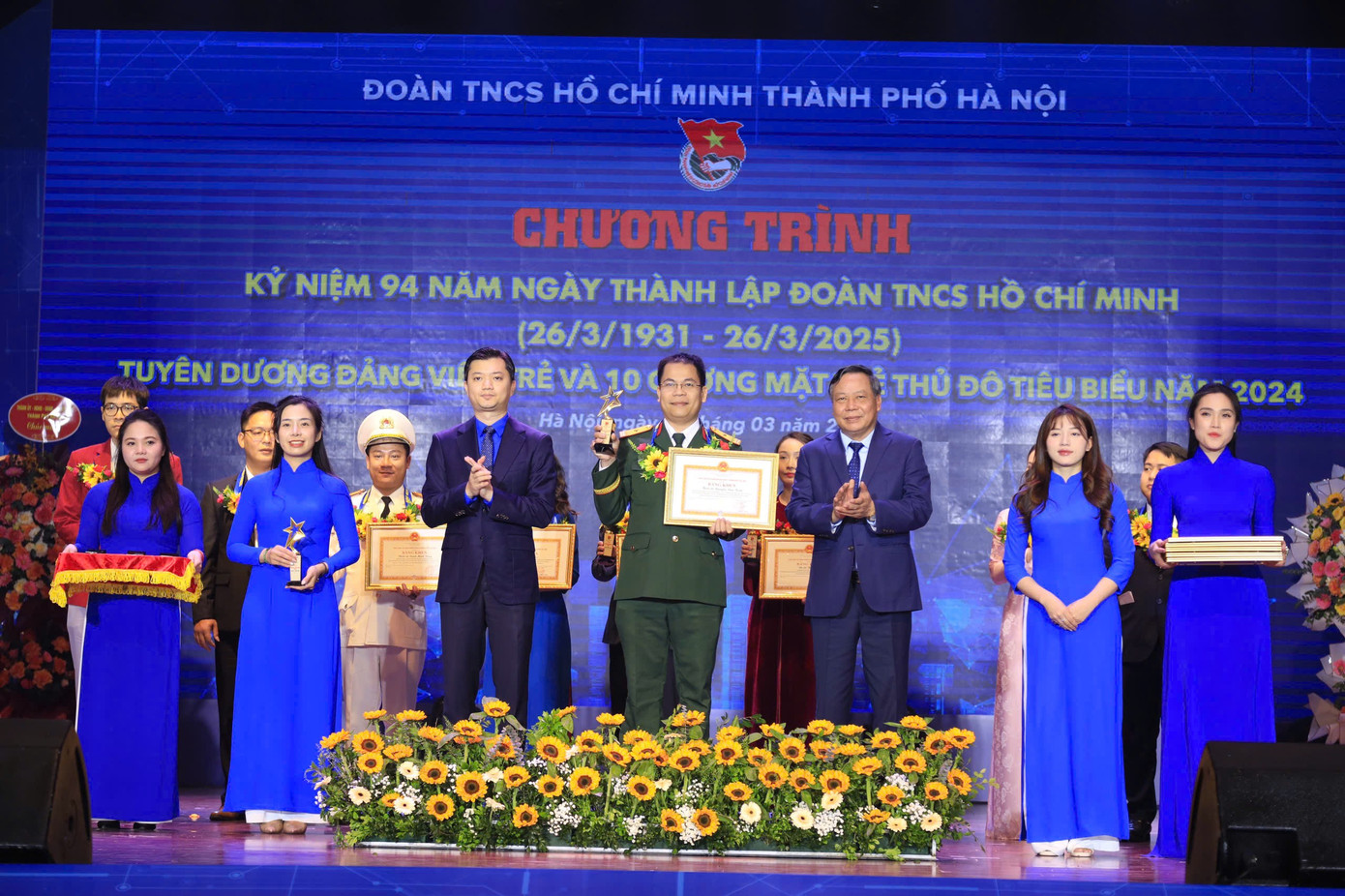
Dr. Nguyen Van Tuan is one of the 10 outstanding young people of Hanoi.
For the young PhD, the research project on InSb materials is the most important and memorable milestone in his scientific journey. InSb materials play a key role in the fabrication of infrared sensors, a crucial component of modern optoelectronic systems. Globally, infrared technology is always considered a top strategic field in the electromagnetic warfare spectrum.
Defense powers are constantly investing resources in research and development of materials, sensor technology, and the refinement of integrated solutions to maintain and enhance their military advantage.
The superior capabilities of sensors directly determine combat effectiveness; therefore, high-performance infrared sensors, especially when integrated into smart weapons, are subject to very strict regulations regarding export and technology transfer.
In Vietnam, although some progress has been made in the research, design, and manufacture of optoelectronic systems in recent years, infrared-sensitive components still rely on imports. This poses a significant challenge in the context of military modernization aimed at being "lean, efficient, and powerful," as the need for technological self-reliance and strategic components is becoming increasingly urgent.
"Mastering infrared sensor manufacturing technology not only saves costs and reduces dependence on external sources, but more importantly, it opens up the possibility of enhancing national defense capabilities, ensuring national security, and creating a breakthrough for the country's defense industry," Dr. Tuan shared.
Dr. Nguyen Van Tuan holds one patent for a utility model and has published 18 scientific articles in international scientific journals. Of these, 14 articles are in the Q1 category (4 as the main author), and 4 articles are in the Q2 category (1 as the main author). He has also published 9 scientific articles in domestic scientific journals (4 as the main author).
Source: https://tienphong.vn/bai-4-tu-vat-lieu-ban-dan-tao-buoc-dot-pha-cho-nganh-cong-nghiep-quoc-phong-post1786547.tpo











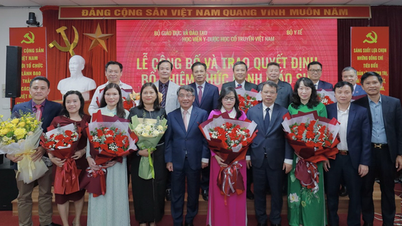

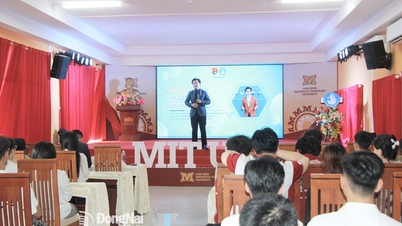

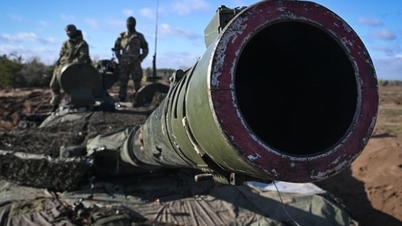

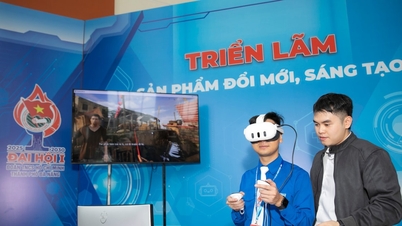









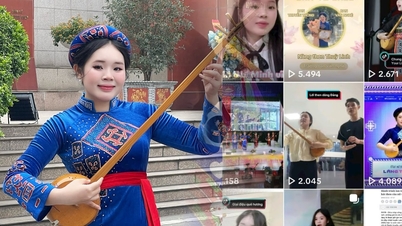











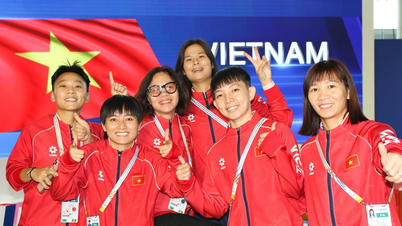
![[Photo] Prime Minister Pham Minh Chinh holds a phone call with the CEO of Russia's Rosatom Corporation.](/_next/image?url=https%3A%2F%2Fvphoto.vietnam.vn%2Fthumb%2F1200x675%2Fvietnam%2Fresource%2FIMAGE%2F2025%2F12%2F11%2F1765464552365_dsc-5295-jpg.webp&w=3840&q=75)


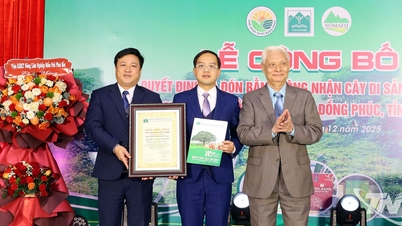







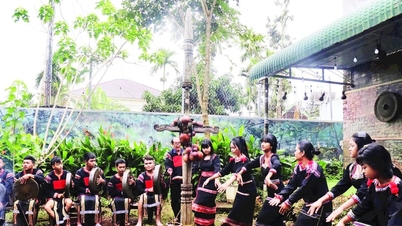
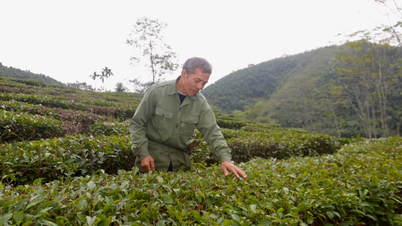



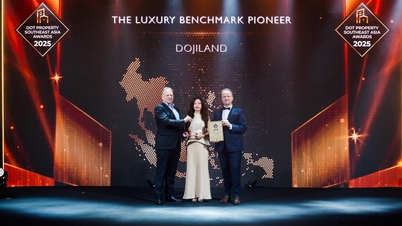
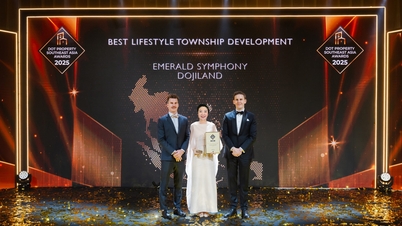

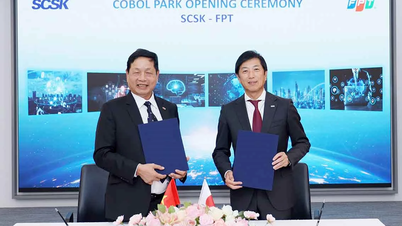






















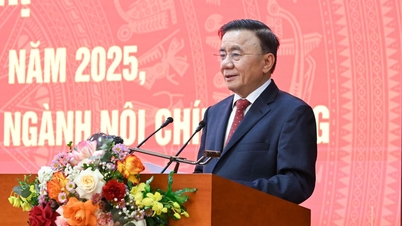




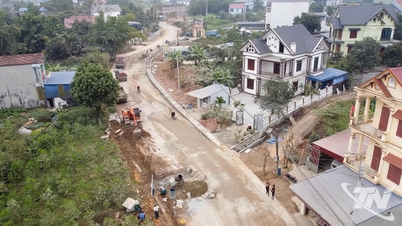
















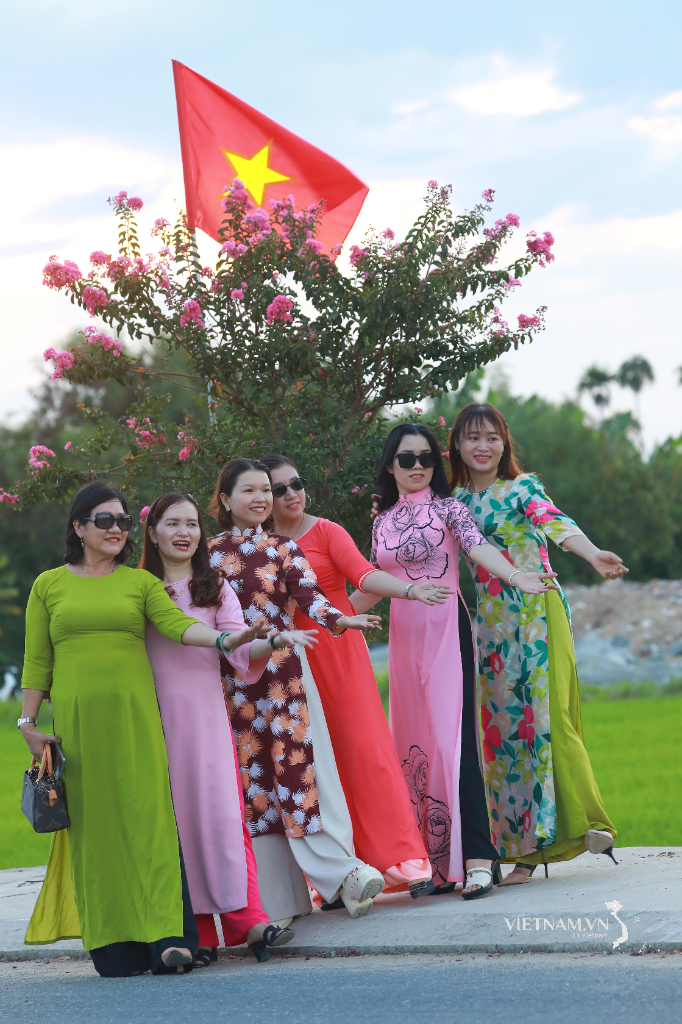



Comment (0)